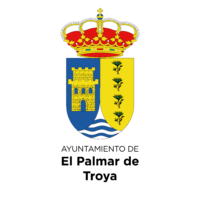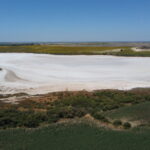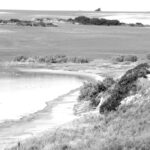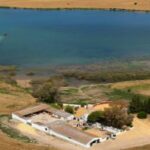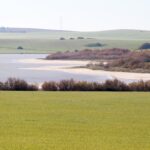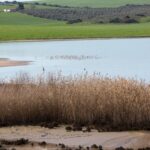Nature Reserve
The Zarracatín lagoon, located 2 km south of El Palmar de Troya, forms part of the Endorreic Complex of Utrera together with those of Arjona and La Alcaparrosa. Zarracatín is the largest lagoon in the Complex, and one of the largest saline lagoons in Andalusia.
It is a very shallow wetland, with an irregular morphology and flat bottom, located in an area of gentle hills and surrounded by dry crops.
The lagoon is fed mainly by rainfall and by the contributions of several seasonal streams from its extensive basin, although it also receives underground contributions.
The perilagunar vegetation of Zarracatín is strongly influenced by its high degree of salinity, being composed of halophilic grassland, and other plants typical of continental saline habitats, as well as some areas of tidal flats and reed beds.
The Utrera Endorheic Complex, due to its proximity to the Guadalquivir marshes, among other factors, is of great importance for aquatic birdlife, as a breeding, passage or feeding area.
In Zarracatín it is worth noting the presence of pink flamingos, which come here to feed.
Zarracatín Lagoon
Vegetation
Zarracatín appears surrounded by rainfed crops (usually cereal and/or sunflower) that extend to the very edge of the lagoon. As perilagoon vegetation, there is only a narrow band of halophytic vegetation formed by halophilic grasslands such as Polypogon maritimus or Hordeum marinum (Polypogono maritimi-Hordeetum marini) or chenopodiaceae barrels such as Suaeda splendens (Suaedo splendentis-Salsoletum sodae), which occupies nitrified brackish areas. , in contact with the crops, or Salicornia ramosissima (Suaedo braun-blanquetii-Salicornietum patulae) that develop at the end of spring as the water of the lagoon recedes, while in the brackish clearings of the shore grasslands formed by Frankenia pulverulenta and Parapholis sp. (Parapholido incurvae-Frankenietum pulverulentae).
In addition to the grassland, a woody vegetation formed by Sarcocornia perennis sbsp. alpini (Puccinellio caespitosae-Sarcocornietum alpini), which is located mainly on the north and east shores of the wetland, as well as tamarisks (Agrostio stoloniferae-Tamaricetum canariensis), located mainly on the southeast shore of the lagoon, which also has reedbeds with Phragmites australis ( Typho angustifoliae-Phragmitetum australis).
For nature lovers
A real postcard for nature lovers is the one starring the flamingos. This lagoon is a place of worship for all bird lovers, as there they have the chance to see numerous species of birds.
The Nature Reserve of the Endorheic Complex of Utrera is a key point for many species of birds, on their migratory movements, to take a short break on their long journeys.
The short distance from the marshes of the Guadalquivir also makes the three lagoons of the Complex a place chosen as an alternative habitat by many birds, as is the case with the area around the Torre del Águila reservoir.
Videos


Visit our Social Networks
Web subvencionada con los fondos para el fomento de la implantación de las tecnologías de la información
y la comunicación de los recursos e instalaciones turísticas municipales
(MUNITIC).
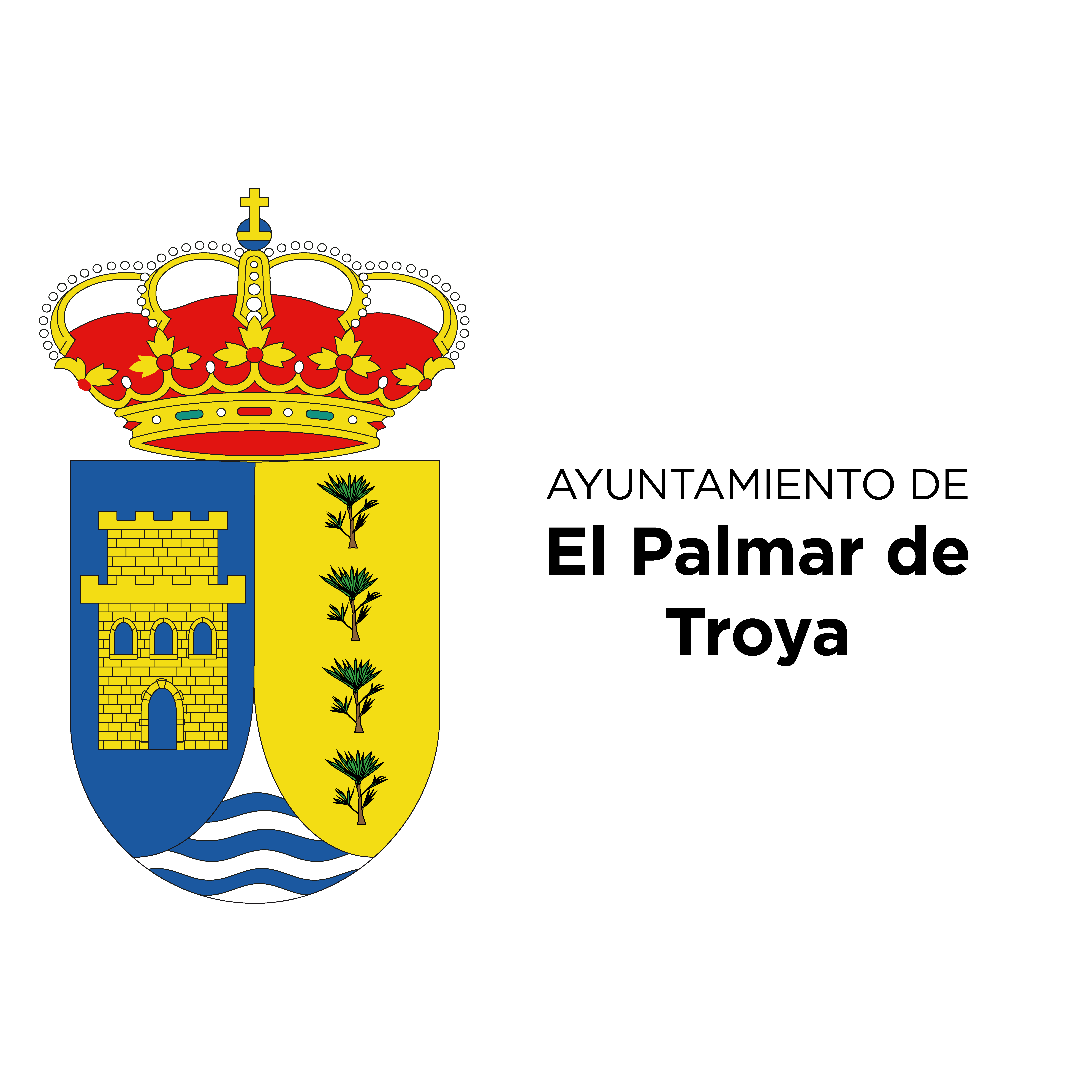
El Palmar de Troya City Council
Tourist Office
C/ Geranio S/N CP 41719
Mon – Fri: 8:00 am – 16:00 pm
